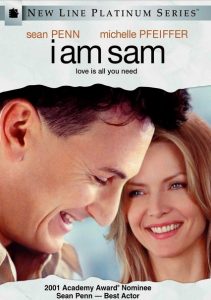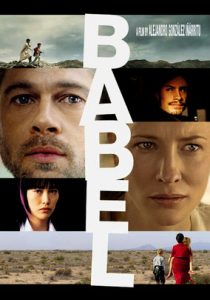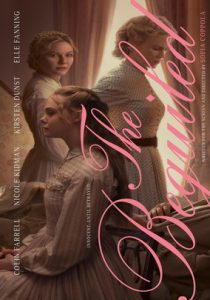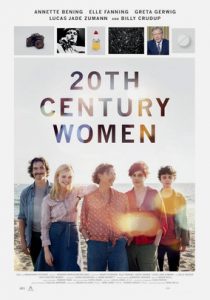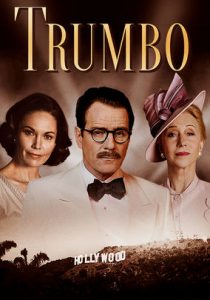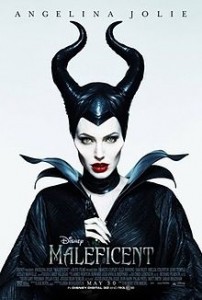A Complete Unknown-2024
Director James Mangold
Starring Timothée Chalamet, Edward Norton, Elle Fanning
Scott’s Review #1,457
Reviewed December 27, 2024
Grade: A-
James Mangold, who directs the Bob Dylan biopic A Complete Unknown (2024), celebrates the folk singer as a humanitarian and champions Dylan’s dedication and confidence in his art.
Mangold is well known for directing other musical biopics, such as Walk the Line (2005), which focused on the lives and careers of Johnny Cash and June Carter Cash. He even incorporates Johnny as a prominent character in Dylan’s film, so there is a correlation between the two films.
With A Complete Unknown, Mangold focuses only on 1961-1965 rather than a decades-long approach beginning with the events in New York in 1961.
Set against a blossoming and vibrant music scene and a decade of tumultuous cultural upheaval, an enigmatic nineteen-year-old from Minnesota arrives with his guitar and revolutionary talent, destined to change the course of American music.
He crosses paths with folk greats and his idols, Woody Guthrie, Pete Seeger, and Joan Baez, and finds a niche within their Greenwich Village circle.
Like them, he is sympathetic to humanity and runs in the same circles as the Civil Rights movement and other humanitarian efforts.
Based on Elijah Wald’s 2015 book, Dylan Goes Electric! The film follows Dylan from his earliest folk music success to the momentous controversy over his use of electric instruments at the 1965 Newport Folk Festival.
Timothée Chalamet is exceptionally well cast. The actor, able to play waifish twinks, a fantasy chocolate maker, or a drug addict, is just as believable as Bob Dylan. His speech pattern is adjusted, and his vocals are convincing as he immerses himself in the folk world.
He also plays guitar and harmonica frequently during the film.
The best scenes are when Chalamet performs in a dingy open mic club or on the festival stage. The actor performed a mind-blowing forty Dylan songs, so the film was showcased on the music.
The art and set design are pretty marvelous. The plumes of smoke in bars and the cloudy, smoky settings feel true to the 1960s when everyone regularly lit a cigarette or two.
A poet, Dylan knows and loves his craft and doesn’t waver in his notion of shaking up the folk world with an electric guitar, and Chalamet successfully replicates this.
Interestingly, Mangold doesn’t explore the singer’s family life or upbringing but instead focuses on the uproarious switch from acoustic to electric guitar and the stir it caused.
While not a womanizer, he does carry on an affair with Baez (Monica Barbaro) and dates Sylvie Russo (Elle Fanning) during this time. Russo (changed from Suze Rotolo at Dylan’s request) is a fascinating character since she reportedly influenced Dylan’s work during that period.
The focus is on creating the singer’s famous music rather than any demons or drama he may have faced.
In retrospect, this is a wise move by Mangold, and while the pacing of the film is relatively slow, the focus is crystal clear, and the 1960s revolution is front and center mixed with Dylan’s art.
The film feels fresh and authentic with the knowledge that Bob Dylan gave his approval stamp and served as an advisor or consultant to the finished piece. Since he had a hand in the overall product, there was a feeling of satisfaction knowing that the singer-songwriter was involved.
There are no blowup fights over jealousy, dramatic pieces about unfair songwriting credits, or other backstabbing trials and tribulations. Instead, the film does a great job of reaffirming that Bob Dylan is one of the greatest songwriters ever.
A Complete Unknown (2024) is a pleasing film, and I happily hummed ‘Like a Rolling Stone’ and ‘Blowin’ in the Wind’ on the way home from the theater.
I still am.
Oscar Nominations: Best Picture, Best Director-James Mangold, Best Actor-Timothée Chalamet, Best Supporting Actor-Ed Norton, Best Supporting Actress-Monica Barbaro, Best Adapted Screenplay, Best Costume Design, Best Sound

